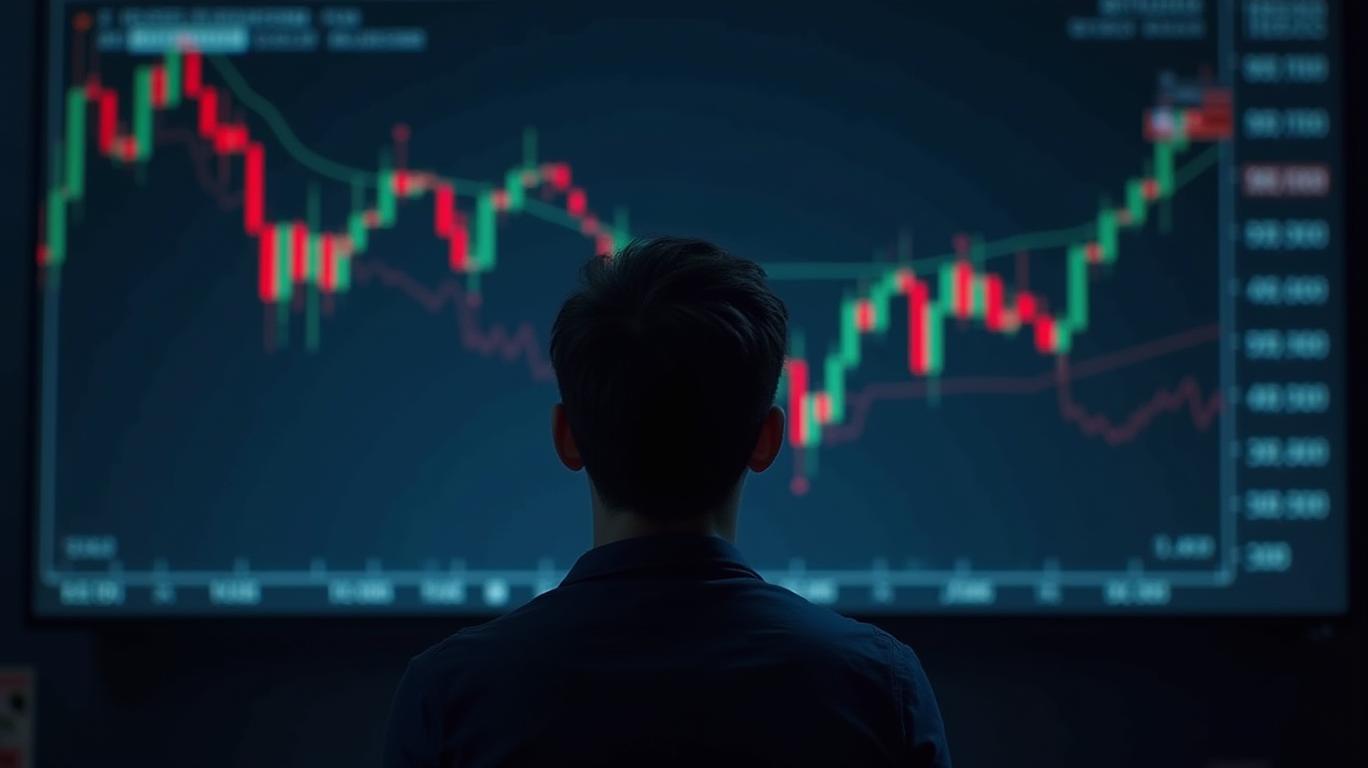Bitcoin, the world's most famous cryptocurrency, has always been a rollercoaster ride for investors. Its price swings are legendary, and its behavior during economic crises is often contradictory. But why does Bitcoin dip during market turmoil, only to rip higher later?
Chief Investment Officer Matt Hougan has some insights that shed light on this paradox.
Hougan explains that Bitcoin's short-term price dips during economic uncertainty are due to increased market uncertainty. This uncertainty amplifies the perceived riskiness of the asset, leading to a temporary decrease in its value, known as a "discount factor." Hougan used the example of tariff concerns, which have battered Bitcoin over the past month. While tariffs increase the riskiness in the short term, they increase the long-term price target owing to economic disorder. "So even though we're more bullish than ever on Bitcoin, our short-term price target falls. That explains the pullback. But if the market stabilizes and it turns out the world's not ending and the discount factor goes back from 85% to 75%, Bitcoin will recover from the pullback," Hougan said, describing it as a “Dip Then Rip” phenomenon.

Hougan's analysis aligns with traditional investment theories, particularly the concept of risk aversion and the discount factor. During economic turbulence, investors tend to shy away from risky assets, leading to a temporary decrease in their value. However, Bitcoin's relatively low liquidity compared to traditional markets adds a unique twist to this dynamic. Hougan pointed out that geopolitical tariff conflicts might make the market more liquid in the short run, which could be beneficial for Bitcoin as buyers seek safety from economic uncertainty.
The "Dip Then Rip" phenomenon has significant potential long-term implications for Bitcoin's overall market stability and investor confidence. This phenomenon, where Bitcoin experiences short-term price dips during economic turbulence but recovers and even surpasses previous highs once market stability returns, can be seen as a cyclical pattern that reinforces Bitcoin's resilience and long-term value proposition. Hougan reiterated Bitwise’s long-term price target of up to $1.1 million for Bitcoin, supporting the idea that these dips are part of a broader upward trend.
Historical data shows that Bitcoin has experienced significant price increases following notable declines. For instance, Hougan cited past data that demonstrates Bitcoin price increases of more than 190% in the years after notable declines. This trend, labeled as a “dip then rip” phenomenon, may recur in the coming weeks or months, providing a basis for long-term investment strategies.
In terms of regulatory and institutional involvement, the "Dip Then Rip" phenomenon could influence how regulators and institutions view Bitcoin. The proposed creation of a strategic Bitcoin reserve by the US government could indicate official acknowledgement of the relevance of the alpha coin. Senator Cynthia Lummis reintroduced the Bitcoin Act Bill, a move that appears to be building institutional investor confidence. Regulatory changes affecting Bitcoin are also spreading to other digital assets, particularly stablecoins, suggesting a growing acceptance and integration of cryptocurrencies into the broader financial ecosystem.
Moreover, the "Dip Then Rip" phenomenon could attract more institutional investors who are looking for assets that can weather economic storms and provide long-term growth. Robbie Mitchnick, BlackRock’s Digital Assets head, stated that a potential U.S. recession could catalyze Bitcoin’s next bull cycle, indicating that institutional investors are closely monitoring Bitcoin's performance during economic downturns. Hougan also mentioned that Bitcoin could reach $200,000 by the end of 2025 if the Federal Reserve takes steps to stimulate the economy, highlighting the potential for significant gains during periods of economic recovery.
In summary, the "Dip Then Rip" phenomenon can contribute to Bitcoin's overall market stability and investor confidence by demonstrating its resilience and long-term value proposition. This pattern could also shape future regulatory and institutional involvement by providing a basis for strategic investments and regulatory frameworks that recognize Bitcoin's role in the financial ecosystem. As Hougan puts it, "Bitcoin is more than just a hedge against inflation—it's a hedge against economic disorder." And in a world where economic disorder is becoming the new normal, that makes Bitcoin a valuable asset indeed.






Comments
No comments yet